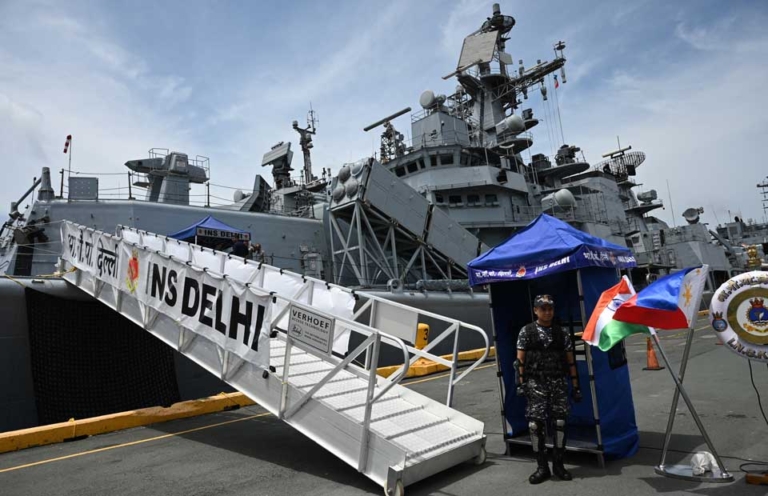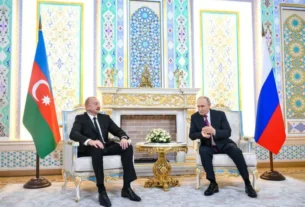In a significant display of regional cooperation, Indian and Philippine naval forces launched joint patrols in the contested waters of the South China Sea—marking the first time these two countries have conducted such an operation together. This move comes as Philippine President Ferdinand Marcos Jr. embarks on a state visit to India, signaling growing diplomatic and security ties between New Delhi and Manila.
The patrols, which began Sunday, include three Indian naval vessels—among them the powerful guided missile destroyer INS Delhi. These vessels are currently undertaking joint exercises and replenishment activities at sea with their Philippine counterparts. This collaborative effort reflects a united front in asserting international maritime law and regional stability.
Lieutenant Colonel John Paul Salgado confirmed that the operation is ongoing and focused on at-sea coordination and support. “This is not just about showing strength; it’s about strengthening partnerships,” Salgado noted, emphasizing the shared commitment of both nations to a rules-based international order.
As tensions simmer in the South China Sea—where China continues to assert sweeping, unlawful claims—the Philippines has been deepening security ties with various countries. These efforts include enhanced cooperation with the U.S., Japan, and Australia, and now, a strategic maritime alliance with India.
President Marcos, prior to his departure, underscored the importance of international law in navigating the region’s disputes. “India and the Philippines stand firm in upholding the rule of law, especially the UNCLOS,” he said, referring to the United Nations Convention on the Law of the Sea. This treaty recognizes the Philippines’ exclusive economic zone, an area increasingly under pressure from Beijing’s aggressive moves.
While in India, Marcos is expected to sign agreements covering law, culture, and technology. However, the global community will be watching closely for any announcements of enhanced defense cooperation—especially in light of Manila’s past acquisition of India’s BrahMos supersonic cruise missiles.
India, which has its own complex border tensions with China in the Himalayas, is part of the Quad alliance alongside the U.S., Japan, and Australia. This grouping has been criticized by Beijing as an attempt to “contain China,” but its members insist it’s a force for good, promoting peace and stability in the Indo-Pacific region.
As both India and the Philippines take bold steps in asserting their sovereignty and mutual interests, their collaboration sends a clear signal: smaller nations are no longer willing to stay silent in the face of regional intimidation.





